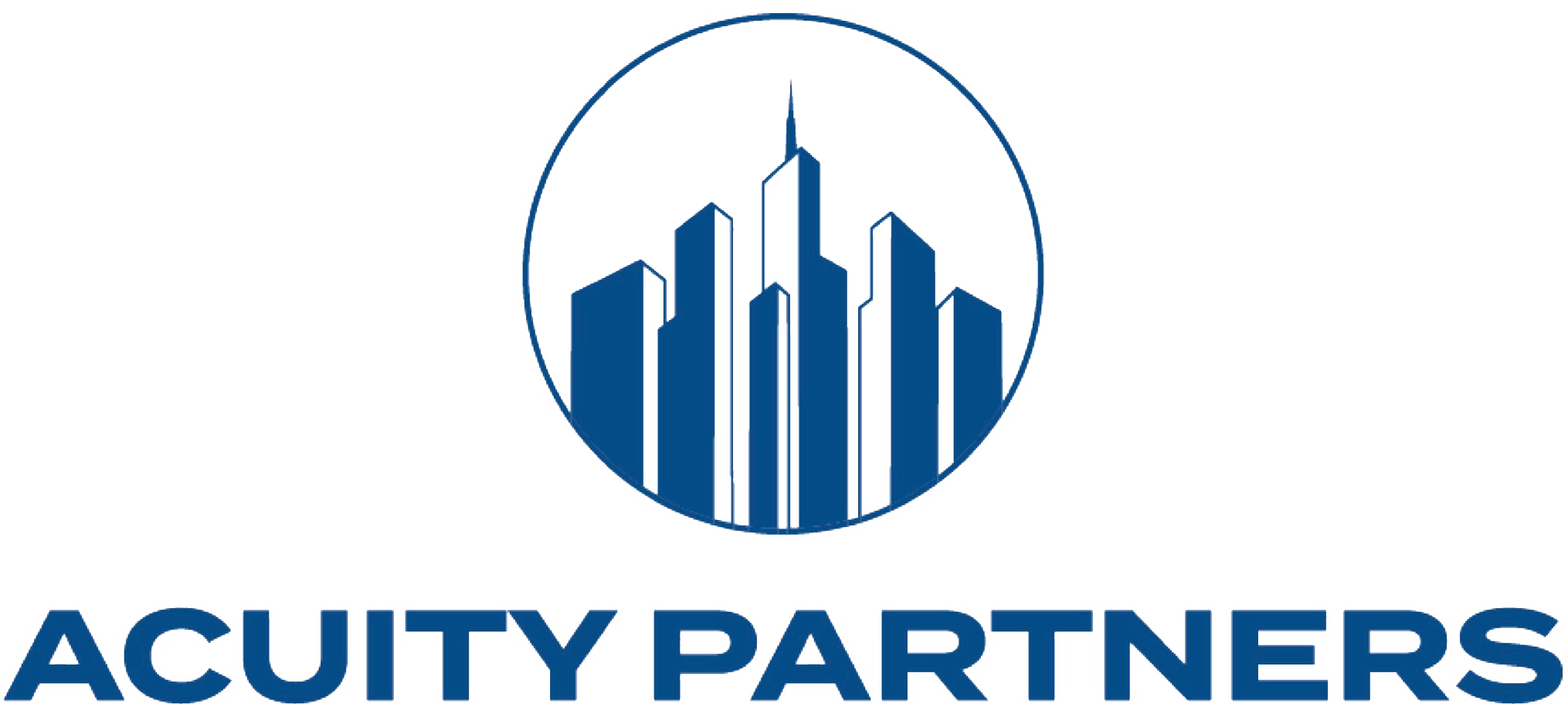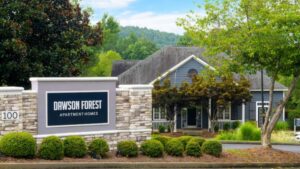Several Southeast markets continue to top national lists for job and population growth, causing investors to pour capital into the region’s multifamily sector as they chase a new wave of demand that’s driving the current market expansion.
ARA and Berkeley Point Capital’s 2Q 2018 United States Multihousing Market Report includes several Southeast hubs among its top 25 for sales volume in the past 12 months: Atlanta ($7.3 billion); Orlando, Fla., ($5.6 billion); South Florida ($4.5 billion); and Charlotte/Raleigh–Durham, N.C., ($4.2 billion).
The Southeast also notched the largest per-unit pricing gains of any other region, at 8.6% year over year. Additionally, its key metros benefit from migration fueled by high income-tax–rate states, including New York, New Jersey, Connecticut, and California.
Multifamily Momentum
To the surprise of many developers, members of the active-adult and empty-nester demographics have rented much of the luxury product in both the urban core and suburban locations, challenging the singular focus on millennial renters. Developers are responding accordingly by raising the level of quality and on-site amenities in the suburban product to match those of the urban infill movement.
The latest Real Insight report from ARA parent company Newmark Knight Frank places Charlotte among the top rental markets in the nation, with 7,841 units absorbed in the past 12 months—all while inventory rose and occupancy rates held firm at 95%.
Meanwhile, in Georgia, particularly Atlanta, national developers including Alliance, AMLI, Trammell Crow, Greystar, Hanover, Worthing, and Wood Partners are extremely active, along with regional firms. An influx of new buyers from the West Coast, Midwest, and New York is creating a competitive environment and driving cap rates down.
Though Florida has seen a slight uptick in homeownership across the state for the first time in 13 years, home builders struggle to find development sites in urban markets. If homeownership rates continue to rise, select markets could see condominium conversions.
Steady Inventory
In Florida, select urban submarkets are experiencing a high concentration of deliveries. Since construction costs are up significantly for Type 1 construction, many investors and developers are cautiously pursuing these opportunities. Florida’s household growth is projected to grow from $8 million in 2017 to $8.6 million by 2022.
In the Carolinas, delivery happens at a much more measured pace than the total unit count suggests. Fewer units have come on line in recent months than originally projected, allowing management more time to work through lease-up toward stabilization without the pressure to make hefty concessions.
Ground-up development will remain attractive, albeit with equity selective on submarkets and micromarket locations. In Atlanta, the rise of two $2 billion stadiums last year continues to draw both national and international attention to the metro area.
Shifts in Investor Interests
After a tremendous number of transactions in the value-add space over the past several years, private capital and sponsors are eager to reinvest proceeds upstream into newer, higher-quality assets in established locations where they feel comfortable in a long-term hold. Now, capital that typically wouldn’t be competitive in the core space is routinely prevailing on these offerings, according to Berkeley Point Capital. While demand remains strong for compelling value-add opportunities, expect renewed activity in the core and core-plus space given that flight-to-quality movement.
In Florida, the 10-year Treasury has increased by 75 basis points over the past 12 months, yet interest rate spreads have compressed by 40 to 60 basis points for 65% loan to value ratio (1.35 debt coverage ratio) loans. Generally, the resulting yields have been steady year over year.
Until recently, larger lowest-cost-of-capital and international capital allocators had difficulty finding opportunities to invest in multifamily in the Carolinas because few assets there fit minimum “check write” thresholds of $100 million. Now that ultra-luxury product in urban and suburban submarkets exceeds those thresholds, interest among international capital sources could catch up to demand from private 1031 capital as interest rates remain low and rents have room to run.
Though Atlanta has boomed since the downturn and continues to grow and add jobs, the city may be facing a shortage of “workforce housing.” As a result, demand and investor interest has shifted to value-add assets across most neighborhoods, facilitating extremely low cap rates for Class B and C deals and more bridge and mezzanine financing.
International interest is also at an all-time high. Some of the most active operators in the region are partnering with groups out of Israel, Canada, the Middle East, Germany, and the Pacific Rim region.
Sought-After Markets
Well-located suburban product in true “placemaking” locations is especially hot, as well as noncommodity product that targets heightened demand among certain demographics.
Expect strong performance from suburban markets with tighter supply across Florida, including Sunrise, Plantation, and Boca Raton in South Florida; Lake Nona in Orlando; and Westshore in Tampa. Additionally, the urban core in cities across Florida is experiencing an exciting revitalization, especially in West Palm Beach, Fort Lauderdale, Miami, St. Petersburg, Tampa, Jacksonville, and Orlando.
In Georgia, Atlanta in-town submarkets including Buckhead, Midtown, and West Midtown have seen a substantial increase in supply over the past three to five years. A seemingly insatiable demand for urban live/work/play settings has inspired developers to replicate the highly amenitized and high-rent success in the suburbs, too. Alpharetta’s Avalon was a game changer, spurring destinations in John’s Creek, Gwinnett County’s Peachtree Corners, and the mixed-use boon around the SunTrust Park baseball stadium in Cobb County.
In North Carolina, expect Raleigh and Charlotte’s South End to thrive as supply and demand fundamentals strengthen along with “path of growth” corridors such as the Fort Mill, Indian Trail, and Rock Hill submarkets just across the South Carolina border.
Developers will also find favor with Nashville, Tenn., this cycle as it transforms into a regional hub with a live/work/play-friendly Downtown–West End.
Set for Success
Players active in other parts of the country are beginning to target the first of many investment opportunities in the Southeast due to the long-term growth potential across markets and product types. Quality of living and strong fundamentals draw millennial and empty-nester renters, with no slowdown in demand in sight.
In addition to recently adding Amazon warehouse facilities and hundreds of new jobs, both Atlanta and the Triangle remain on the short list for the second headquarters for Amazon as well as a potential new Apple campus.
Given the diversity of the economy and expanding interest among U.S. and international buyers, the Southeast’s multifamily outlook remains strong for the foreseeable future.











